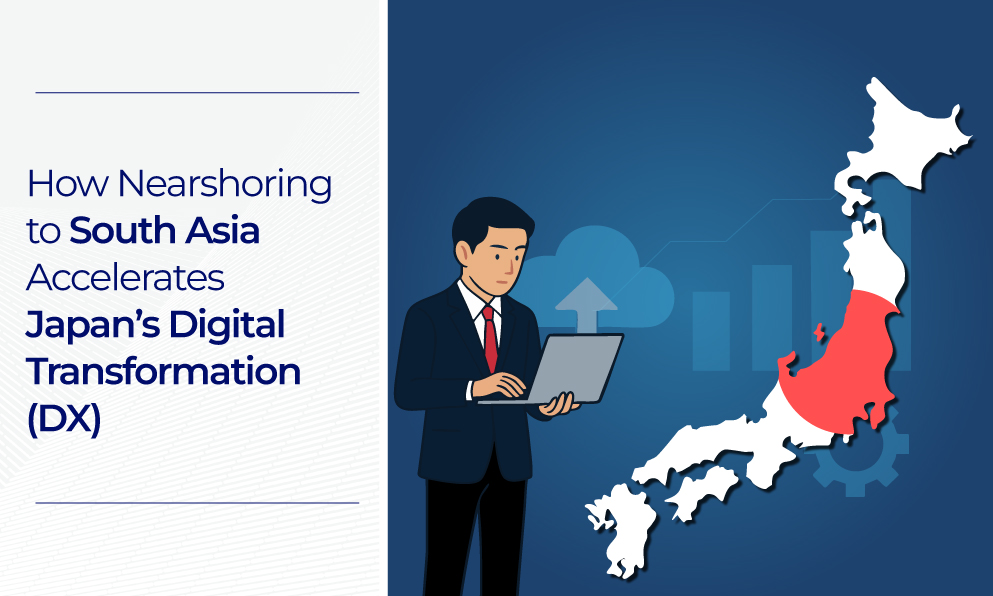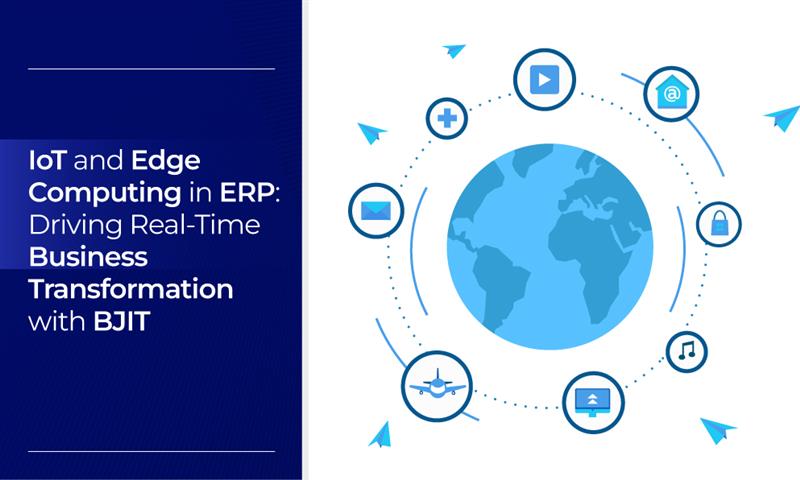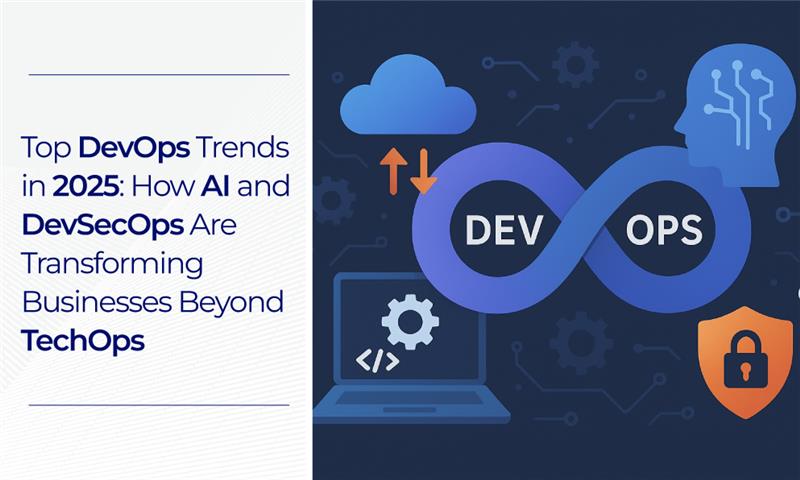Introduction
Japan stands at a critical juncture in 2025, confronting what the Ministry of Economy, Trade and Industry (METI) warns as the “2025 Digital Cliff” a scenario where businesses could lose ¥12 trillion (USD 77.6 billion) annually due to outdated systems, legacy infrastructure, and an insufficient pool of IT professionals.
With the country facing an IT talent shortage of up to 800,000 engineers by 2030, and 97% of enterprises actively upgrading their digital systems, the demand for efficient, scalable solutions is urgent. To achieve its Society 5.0 vision a human-centered, super-smart society integrating AI, IoT, and robotics. Japan must look beyond its borders for collaborative innovation.
This is where nearshoring to South Asia, particularly through an engineering powerhouse like BJIT, emerges as a strategic advantage.
Get a free consultation with BJIT’s DX specialists to explore nearshore collaboration options.
The Challenge: Japan’s Digital Transformation Imperative
The 2025 Digital Cliff and Beyond
In its groundbreaking 2018 Digital Transformation Report, METI warned that Japan risked catastrophic losses if legacy mainframes, outdated enterprise systems, and human resource gaps were not addressed. As this prediction becomes reality in 2025, Japan’s government has responded with decisive initiatives, including the creation of the Digital Agency (2021) to lead nationwide digital reform.
Key Statistics:
- IT Talent Shortage: 220,000–360,000 in 2025 → 600,000–800,000 by 2030
- Economic Risk: ¥12 trillion annual loss if DX stalls
- Understaffing: 70% of Japanese companies report critical IT skill shortages
- Modernization Effort: 97% of organizations are upgrading systems; 59% are transitioning to cloud infrastructures
These figures underscore Japan’s urgent need for global engineering partnerships to meet domestic demand, drive modernization, and sustain competitiveness in emerging digital industries.
Schedule a consultation today to learn how BJIT nearshoring can bridge your DX talent gap.
Society 5.0: The Foundation of Japan’s Future
Japan’s Society 5.0, outlined in the country’s Fifth Science and Technology Basic Plan, envisions a super-smart society that integrates cyber and physical systems to create a balanced, sustainable, and human-centered future. Moving beyond the information-driven Society 4.0, Society 5.0 leverages AI, IoT, cloud computing, and robotics to enhance daily life, streamline industry, and tackle societal challenges.
To achieve this ambitious vision, Japan must focus on:
- Agile development ecosystems that foster continuous innovation and rapid iteration
- Cross-border R&D collaboration to overcome skill shortages and accelerate technology adoption
- Scalable software infrastructure that supports the Sustainable Development Goals (SDGs) and aligns with the Connected Industries Initiative
Nearshore partnerships play a critical role in this ecosystem, enabling Japanese enterprises to scale digital transformation projects without compromising on quality, security, or compliance.
BJIT’s nearshore engineering centers in Bangladesh and Europe are strategically positioned to support this mission, offering:
- Dedicated AI and IoT development teams aligned with Japanese standards
- Flexible, scalable delivery models that merge Japanese discipline with global innovation capacity
- Expertise in building Society 5.0-ready software solutions across manufacturing, healthcare, FinTech, and beyond
This fusion of local rigor and international innovation represents the ideal delivery model for organizations pursuing Society 5.0-aligned digital transformation initiatives.
Discover how BJIT’s nearshore teams empower Japan’s journey toward Society 5.0 through scalable AI and IoT solutions.
Why Nearshoring to South Asia Is the Strategic Answer
1. Bridging Japan’s IT Talent Gap
South Asia—home to rapidly advancing tech hubs in Bangladesh, India, and Vietnam—provides a sustainable solution to Japan’s IT workforce deficit.
- Bangladesh, where BJIT maintains its global delivery center, produces 20,000+ new ICT graduates annually, with engineers trained under Japanese quality standards through long-term collaboration programs.
- The Japan-Bangladesh partnership has strengthened through JICA and JETRO programs, enabling smoother cultural and communication alignment.
Result: Nearshoring ensures that Japanese businesses can continue innovation without compromising quality or cultural compatibility.
Contact BJIT’s engineering team to address your next DX project with a scalable, Japan-aligned development team.
2. Cost Efficiency Without Quality Trade-Offs
Unlike offshoring, nearshoring allows companies to access up to 60% cost savings on development and maintenance—without the time zone, quality, or communication barriers often associated with distant outsourcing.
BJIT’s nearshore model guarantees:
- Real-time collaboration within 2–4 hour time overlap
- ISO 9001 and CMMI Level 3 quality assurance
- Transparent project management using Agile, Scrum, and DevSecOps methodologies
This model ensures that cost savings are achieved without compromising engineering excellence, delivering continuous innovation at predictable costs.
3. Secure, Scalable, and Sustainable Collaboration
Japan’s emphasis on security, compliance, and reliability aligns perfectly with BJIT’s enterprise-grade engineering protocols.
BJIT employs:
- Secure multi-cloud infrastructure with 99.9% uptime
- End-to-end data encryption and access control frameworks
- Multi-branch system integration for geographically distributed operations
By partnering with BJIT, Japanese enterprises gain cybersecurity compliance and operational stability, aligning with METI’s and IPA’s digital infrastructure standards.
Connect with BJIT’s cybersecurity and cloud teams to strengthen your organization’s DX foundation.
Why Traditional Offshore Models No Longer Fit Japan’s DX Needs
For decades, Japanese companies have relied on offshore outsourcing to reduce costs. Yet, this model often introduced new risks — time zone delays, language barriers, inconsistent quality, and cultural misalignment.
In a DX-driven economy, where agility and collaboration are paramount, traditional outsourcing models struggle to meet Japan’s expectations for:
Nearshoring thus offers a balanced model — retaining Japanese quality and oversight while accessing a scalable engineering base.
Schedule a consultation with BJIT’s DX consultants to explore hybrid nearshore models and accelerate your Japan-aligned digital transformation.
Implementation: BJIT's Approach to Japan's DX Acceleration
BJIT accelerates Japan’s digital transformation by combining AI, IoT, and cloud engineering with culturally aligned nearshore teams. Each solution is tailored to address Japan’s Society 5.0 goals and the challenges posed by the 2025 Digital Cliff.
1. AI Solutions for Intelligent Decision-Making
Challenge Addressed: Japanese enterprises require AI capabilities to analyze massive datasets, automate processes, and drive intelligent decision-making — core requirements for Society 5.0’s cyber-physical integration.
BJIT's AI Engineering Services:
- Machine Learning Model Development: Custom algorithms for predictive analytics, demand forecasting, and process optimization
- Natural Language Processing: Japanese language processing for customer service automation, document analysis, and voice interfaces
- Computer Vision: Quality inspection systems, autonomous vehicle support, and visual data analytics for manufacturing
- Deep Learning Infrastructure: Neural network architecture design and deployment for complex problem-solving
Business Impact:
- Accelerate time-to-market for AI-powered products and services
- Enable data-driven decision making without extensive domestic AI talent investment
- Support Japan's goal of advancing AI across industries as outlined in the Integrated Innovation Strategy 2022
2. IoT Engineering for Connected Industries
Challenge Addressed: Society 5.0 envisions seamless connectivity between people, machines, and systems. Japanese manufacturers and infrastructure operators need IoT expertise to realize “Connected Industries”—METI’s initiative integrating data flows across sectors.
BJIT's IoT Capabilities:
- Sensor Network Design: End-to-end IoT architecture for manufacturing, logistics, and smart city applications
- Edge Computing Solutions: Real-time data processing for autonomous systems and responsive infrastructure
- Industrial IoT Integration: Legacy system connectivity enabling digital twin creation and predictive maintenance
- Data Platform Development: Scalable IoT data management and analytics infrastructure
Business Impact:
- Enable digital transformation of traditional industries
- Support smart city initiatives aligned with Digital Agency priorities
- Facilitate data utilization across supply chains and business ecosystems
- Contribute to environmental monitoring supporting Japan’s Green Transformation (GX) alongside DX
3. Cloud Engineering for Scalable Infrastructure
Challenge Addressed: Only 34% of workloads in Japanese organizations run on public cloud (below global averages), yet 45% plan cloud adoption increases. Organizations need expertise to migrate legacy systems and build cloud-native architectures.
BJIT's Cloud Services:
- Cloud Migration Strategy: Assessment, planning, and execution of legacy system modernization
- Multi-Cloud Architecture: Design and implementation across AWS, Azure, and Google Cloud platforms
- DevOps Implementation: CI/CD pipelines, infrastructure-as-code, and automation for rapid deployment
- Cloud Security: Compliance, data protection, and resilience for regulated industries
Business Impact:
- Overcome the 2025 Digital Cliff by modernizing aging infrastructure
- Reduce technical debt and maintenance costs
- Enable scalability and flexibility for innovation
- Support remote work and distributed teams — increasingly important in Japan’s evolving work culture
Real-World Impact: Accelerating DX Across Industries
BJIT’s nearshore teams have enabled Japanese enterprises to achieve faster, measurable DX outcomes across several verticals:
Each project underscores how BJIT’s nearshore model transforms digital ambition into operational success—enabling Japanese organizations to innovate rapidly without overextending internal resources.
Learn how BJIT can accelerate your industry-specific DX journey.
BJIT: Japan’s Trusted Nearshoring Partner in South Asia
Founded in 2001 with Japanese leadership, BJIT is one of the few engineering firms bridging Japan and South Asia through certified excellence and cultural fluency.
BJIT’s Core Strengths:
Through BJIT’s Nearshore Development Model, Japanese enterprises achieve:
- Seamless collaboration with bilingual engineers
- Reduced operational risk through quality-certified processes
- Accelerated digital transformation aligned with Society 5.0 goals
Explore nearshoring with BJIT—build scalable, smart solutions aligned with Japan’s DX mission.
Conclusion: Building Japan’s Future Through Nearshore Collaboration
As Japan accelerates toward its Society 5.0 milestone, nearshoring to South Asia is not merely a cost-saving measure—it’s a strategic enabler of national digital resilience.
By leveraging BJIT’s certified, Japan-aligned nearshore capabilities, enterprises can overcome talent shortages, modernize legacy systems, and sustain innovation in AI, IoT, and cloud technologies.
BJIT stands as Japan’s strategic partner in realizing a truly super-smart future.
Start your DX journey today—schedule a consultation with BJIT’s experts to discover how nearshore collaboration can transform your business.
References
- Ministry of Economy, Trade and Industry (METI). (2018). Digital Transformation Report: Overcoming the 2025 Digital Cliff.
- Digital Agency of Japan. (2021–2025). Official Government Portal. Retrieved October 8, 2025, from https://www.digital.go.jp/en/
- Cabinet Office, Government of Japan. (2016–2020). Society 5.0: A Human-Centered Super-Smart Society.
- Information-Technology Promotion Agency (IPA). (2024). IT Human Resources White Paper 2024.
- Gartner Research. (2024). Japanese Organizations Face Critical Technology Talent Shortages.
- METI Connected Industries Initiative. (2017–present). Connected Industries: New Industrial Structure Vision for the Future. Retrieved October 8, 2025, from https://www.meti.go.jp/english/policy/mono_info_service/connected_industries/
- Council for Science, Technology and Innovation. (2022). Integrated Innovation Strategy 2022.
- United Nations Sustainable Development Goals (SDGs). Retrieved October 8, 2025, from https://sdgs.un.org/
- Ministry of Internal Affairs and Communications (MIC). (2024). White Paper on Information and Communications in Japan.
- Japan External Trade Organization (JETRO). (2025). Japan's Digital Transformation and Technology Investment Climate.
- World Economic Forum. (2024). The Future of Jobs Report: Technology Skills Gap Analysis – Japan.
- Deloitte Insights. (2024). Japan's Digital Cliff: Navigating Legacy System Modernization and Cloud Migration.
- BJIT Limited. (2025). How BJIT’s Odoo Expertise Transforms Biomedical Import & Distribution. Retrieved October 8, 2025, from https://bjitgroup.com/blog-details/how-bjit-s-odoo-expertise-transforms-biomedical-import-distribution










